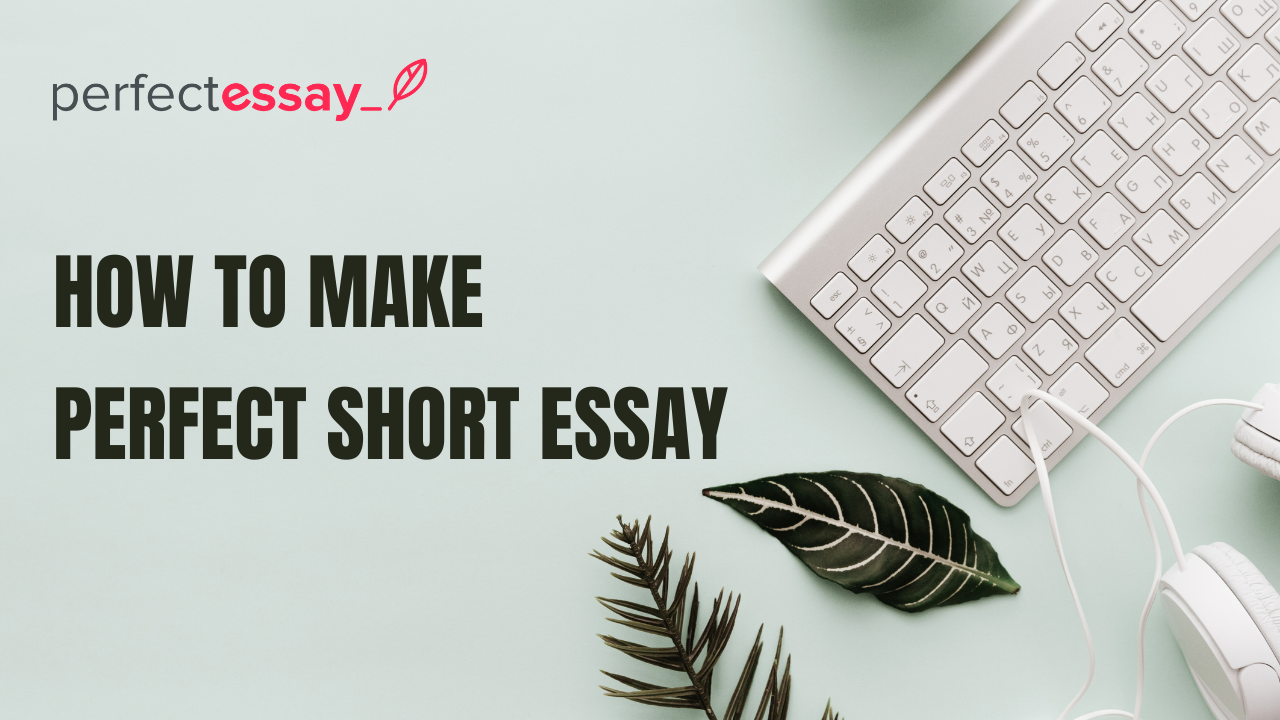Table of Contents
Opening Remarks
Whether in academia or professional fiction or non-fiction writing, much of the credit is given to how something is written, not how much is written. There is always a tipping advantage to quality over quantity which motivates writers to come up with new and exciting ways to weave the narrative in their stories.
Much of academic writing is about getting straight facts and figures on the page. Even though it contributes to the development of the discipline and careers of the writers, it is hard to determine the ownership of an academic paper based on prose. On the other hand, fiction has many signature styles based on the narrative that can help identify readers even when they don’t know who has written the piece.
Narrative Writing 101
Narrative writing is commonly used in academics, along with other writing forms, that have room for emotions and subjectivity. A narrative essay is an account of a personal experience or incident that the writer may have experienced in the past that changed the future, either for better or for worse. It is usually written in first person narrative as the writer helps readers go through the events in either chronological or reverse chronological order of the events.
Another distinguishing thing about narrative writing is its purpose. The primary rationale behind weaving a believable and relatable narrative is to entertain the readers. This way, they can have something or someone to root for and draw conclusions from.
A typical narrative essay has four essential elements that complete it. These are the theme, characters, plot, and setting.
Popular Narrative Writing Styles
A narrative writing style could be a special use of any element of the story or the story itself that can define the whole narrative based on it. Even the most seasoned writers often get perplexed with the choice to make when they start a new story or an essay.
For students in schools and colleges who are still learning the ropes, here is a view of all the popular narrative writing styles.
Linear Narrative
In linear narrative writing, the writer tells the events of the story in a sequence they have happened in reality.
It can also be called a chronological order because the writer starts with a status quo and then introduce the disruption in the form of a conflict or a change.
This type of narrative style is extremely popular and used by many writers as it allows them to immerse readers in the life of the protagonist.
This narrative style has its flaws and limitations but it is extremely easy to handle and retains the climax and the element of suspense naturally.
Non-Linear Narrative
Contrary to a linear narrative that tells the story in sequence as the events have unfolded, the non-linear narrative helps writers to the story based on their thematic preferences and ideas.
They rely on flashbacks and other literary devices to connect the dots and emphasize the themes and characters that contributed more to the setting of the story.
It is usually found in some of the most riveting and era-defining literary works and requires experience and prowess.
Otherwise, the whole narrative will fall flat and turn the story into sub-par writing.
Quest Narrative
A quest narrative style is about focusing on the goal at hand. The protagonist or the main character is either compelled or pushed to seek a thing or person or starts on its own.
But it becomes a passionate vocation that leaves all the other things meaningless in that protagonist’s life.
This narrative style is famous in sagas and folk tales from the past where a hero sets out on a journey to discover or unearth facts, and find people, or things to satisfy his inner wants or external compulsions.
Compared to a non-linear narrative, it is easier to master and implement.
Viewpoint Narrative
In a viewpoint narrative, the story is told through the eyes of a narrator which can affect the details and truth of the narrative based on his personal experience, tastes, and overall inclinations.
One of the possibilities that this style offers to the writers is its capacity to have an unreliable narrator. This is especially great for suspense and thrillers where both readers and characters of the story are looking for the perpetrator of a crime.
It is an acquired vocation in terms of successful conception, implementation, and culmination. Lolita by Vladimir Nabokov is a great example of a viewpoint narrative told through an unreliable narrator.
Significance of Narrative Style of Writing
Unless a student has opted for creative writing, literature, or other humanities major, it is hard to find motivation among the general population of students to learn narrative writing. In their myopic view, they don’t see the importance and utility of taking up this vocation. This is, indeed, a missed opportunity.
Apart from commanding the language and understanding the multi-part structure in academics, students can put their narrative writing styles to use in countless areas.
Here are some of the most common areas that are often neglected by the students.
Writing Captivating Resumes And Cover Letters
Although online platforms like LinkedIn and Indeed have made an impact in the hiring and recruiting business with their intuitive and hassle-free interfaces, resumes and cover letters are very much alive. To this day, both are used by hiring managers and recruiters to select and reject candidates for jobs.
It is said that they decide on a resume or a cover letter in a matter of seconds. Aspirants with exceptional writing skills and command of the language often cut and secure an interview. Since it is all about convincing the reader without selling, narrative writing is the key!
Learning to Tell Stories
Storytelling is not limited to creative roles alone. Whether you are planning to become a corporate success or become a social worker to improve the lives of other fellow beings, you need to be able to engage your clients and beneficiaries with meaningful talk.
That’s what narrative essay writing can teach you. No matter what the medium of communication is, it can be an email, a memo, or an invitation letter to a charity event, you can always strike the right chord when you know that they exist and how to compose a complete symphony out of them.
Covering Marketing And Sales Areas With Ease
Even when your job is not around telling stories and events, you can always rely on superior talking and writing skills. In the fields of marketing and sales, people with creative tendencies and skills flourish because they can tell a story.
Today, brands and branding are more about what a company sells and how it produces. It is more about connecting with prospects and clients at a deeper level where they can identify with the brand at much deeper level. No matter the channel, professionals need to do the convincing, and narrative writing styles are the best, from writing copy to newsletters.
Best Tips To Improve Narrative Writing Style
Students need more than lessons and practice sessions to improve their writing. In this section, we will share some of the best and most practical tips to improve narrative writing styles, whether they are eyeing first-class scores or a professional career in writing.
Careful Selection of Words
Words are everything when it comes to a story and its components. From sentences to paragraphs, chapters, and ultimately the book, everything has words as the basic building block. That’s why a careful selection of words and phrases can help writers weave a compelling narrative. To learn the pertinent selection of words, it is best to read and learn from the masters and see how they have used words concerning a sentence or paragraph.
Short Sentences And Paragraphs
Some sentences can go on for the whole length of a page or more and leave the readers wondering what that was all about. Then, some short sentences and paragraphs can keep the balance between the elements of the writing without putting readers off. Experts have advised that writers should go for shorter sentences and paragraphs compared to their longer siblings. They provide better focus to the readers and help them understand the story as they read.
Active Voice Over Passive Voice
Even the sentence that says that passive voice that says that passive voice can indicate poor writing skills of a writer in passive voice. There is no escape to the passive voice but writers can limit their usage. When it is time to show action and conflict, readers need to know who did what to whom. In these scenarios, the passive voice can be too clumsy and far-reaching. Instead, an active voice is a way to go.
Conversational Tone
There was a time when flowery prose and formal tone were considered superior to their informal and straight counterpart. That time has gone and no one is willing to put up with Tolstoy-style writing. Instead, students should go for a conversational tone without going over the top. The conversational tone keeps the readers interested as there is no gradient for them to cover while reading or writing. Students need to practice it at first, but it is easy to master.
F.A.Q
What are some common examples of narrative writing?
Almost all forms of writing come under the label of narrative writing, one way or the other. From personal essays to fairy tales, short stories, and novels, every written piece has a narrative. It would not be an overstatement that even a news story often reveals a narrative.
What are three popular narrative forms that writers employ?
The three popular narrative forms are as follows:
- First-Person – in this form of narrative, a character from the story narrates the events and all the details
- Second-Person – the author uses a narrator that directly addresses the readers
- Third-Person – in this narrative form, the external narrator tells the story
How can I distinguish narrative writing from other forms of writing?
There are many differences between narrative writing and other forms, depending on their purpose, content, and scope. The most distinguishing one is that the narrative essay tells a story about a personal incident or experience.
What is the meaning of a narrative style?
A narrative style is simply a combination of literary devices and methods that a writer uses to tell his story. Depending on the style chosen, the writer has to contend with limitations and pitfalls of the chosen style.
Can I use a second-person narrative for my essay?
When you use the second-person narrative in your essay, it will turn the reader into a character and make them involved further in the story. There are both benefits and drawbacks of going this way, but the ultimate decision rests with the writer.
What makes a good narrative?
A narrative has several essential elements that complete it and makes it what it is. These are the plot, theme, characters, and setting. The writer’s job is to balance all the elements and rely on imagery and literary devices to strengthen them.
Conclusions
Writing a narrative essay is not an easy task, especially when a student is a novice writer with little training and experience with pen and paper. One of the variables that writers have to deal with in every story is the narrative style. A narrative style is a way a writer presents the events of the story for the readers to understand and deal with.
In this guide, we have gone through the four most popular and useful narrative styles that writers can incorporate in their writing for more moving and riveting tales.
Still, there is always a matter of catching readers’ imagination which is something that cannot be quantified. So, if you want to learn and incorporate styles in your writing, this should be your first step to exploring further!
Courtesy of PerfectEssay




